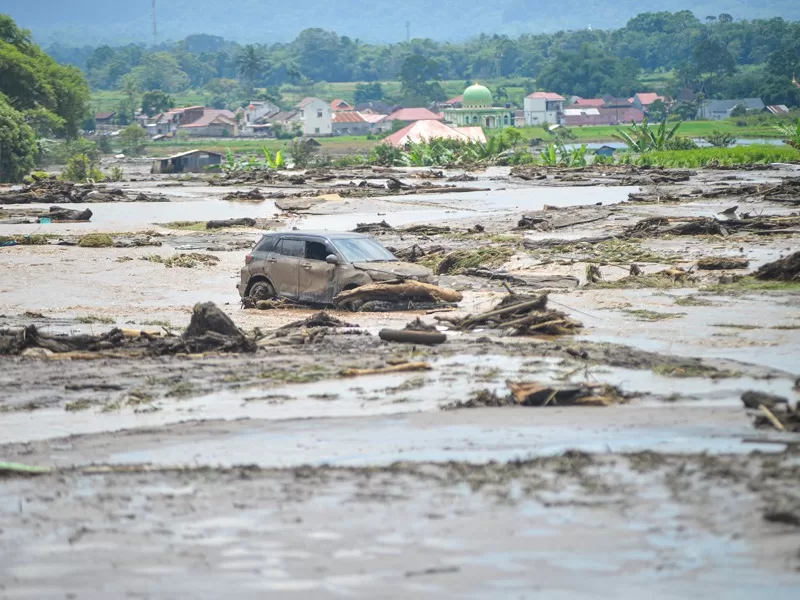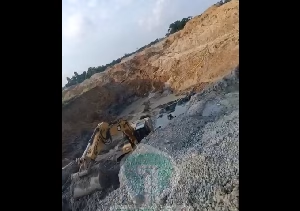In Indonesia’s West Sumatra province, the havoc wreaked by flash floods and mudslides claimed the lives of at least 43 individuals over the weekend, with 15 people still unaccounted for, as per authorities’ reports on Monday.
The catastrophe unfolded following intense rainfall on Saturday evening, triggering flash floods, landslides, and a cold lava flow—a sludgy amalgamation of volcanic ash, rocks, and water—in three districts of the province, as explained by Abdul Malik, the head of the provincial rescue team, speaking to Reuters.
Mount Marapi, a highly active volcano in Sumatra, unleashed the cold lava flow, known locally as lahar, adding to the disaster’s scale.
Abdul Malik highlighted the recurring threat posed by cold lava flow and flash floods, particularly striking during the late-night to dawn hours.
Efforts to locate the missing individuals involved the deployment of approximately 400 personnel, including rescue teams, police, and military, alongside eight excavators and drones.
The national disaster management agency reported extensive damage, with nearly 200 houses destroyed and 72 hectares of land, including vital rice fields, affected. Around 159 individuals from Agam district found refuge in nearby schools.
Footage provided by BNPB depicted the grim aftermath: roads and fields submerged in mud, homes and structures reduced to rubble, and the influx of debris into settlements.
Survivor Eko Widodo recounted the sudden deluge and the ensuing chaos as rivers overflowed uncontrollably, inundating everything in their path.




